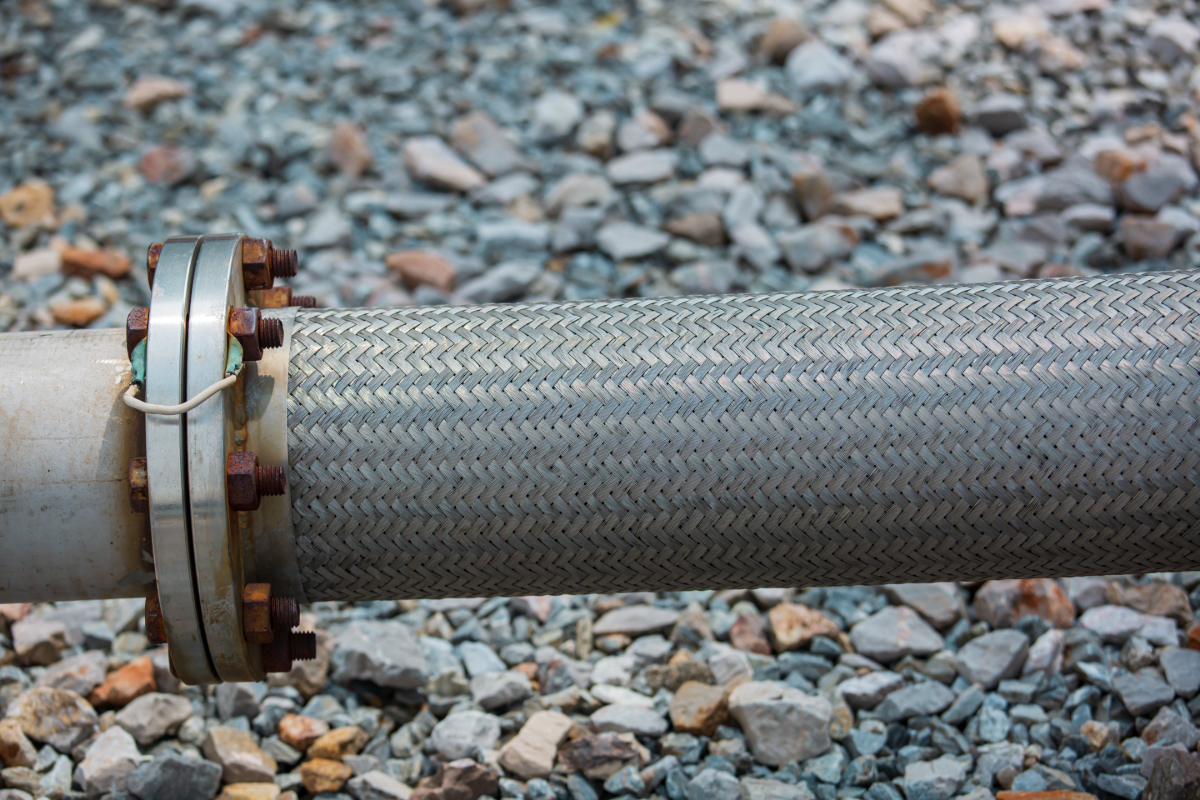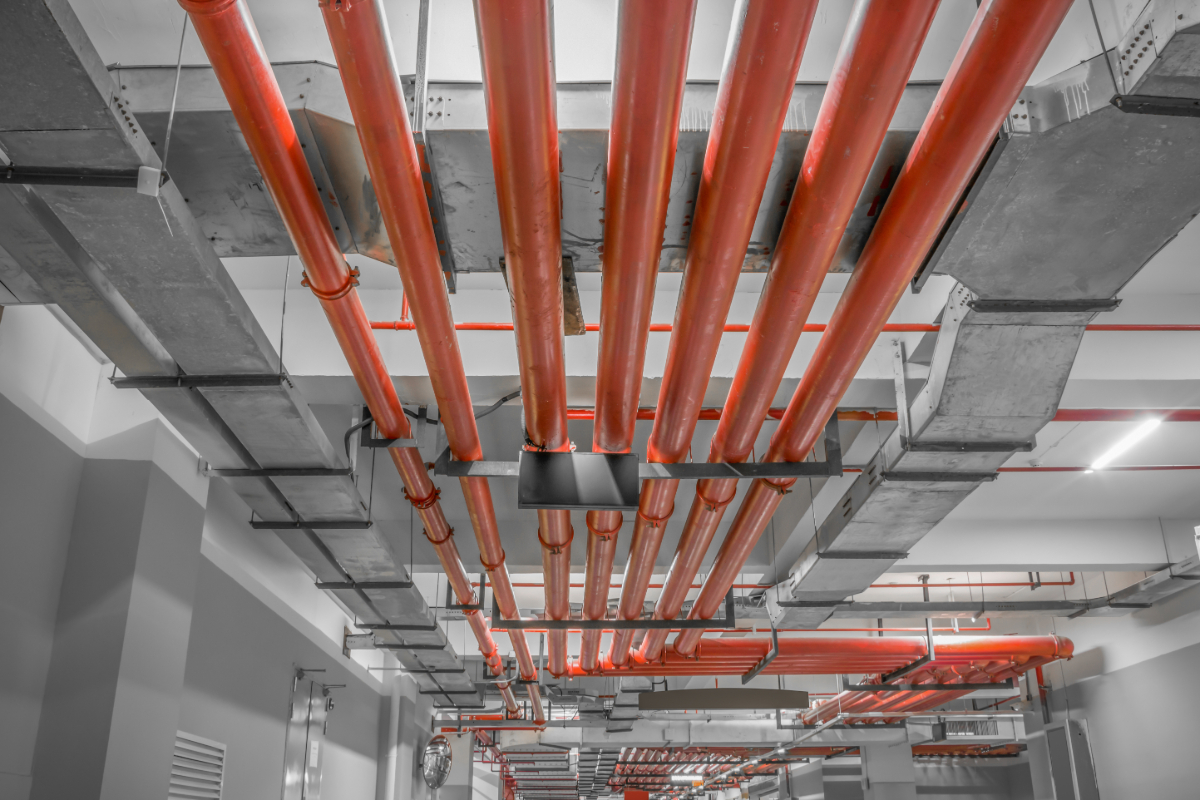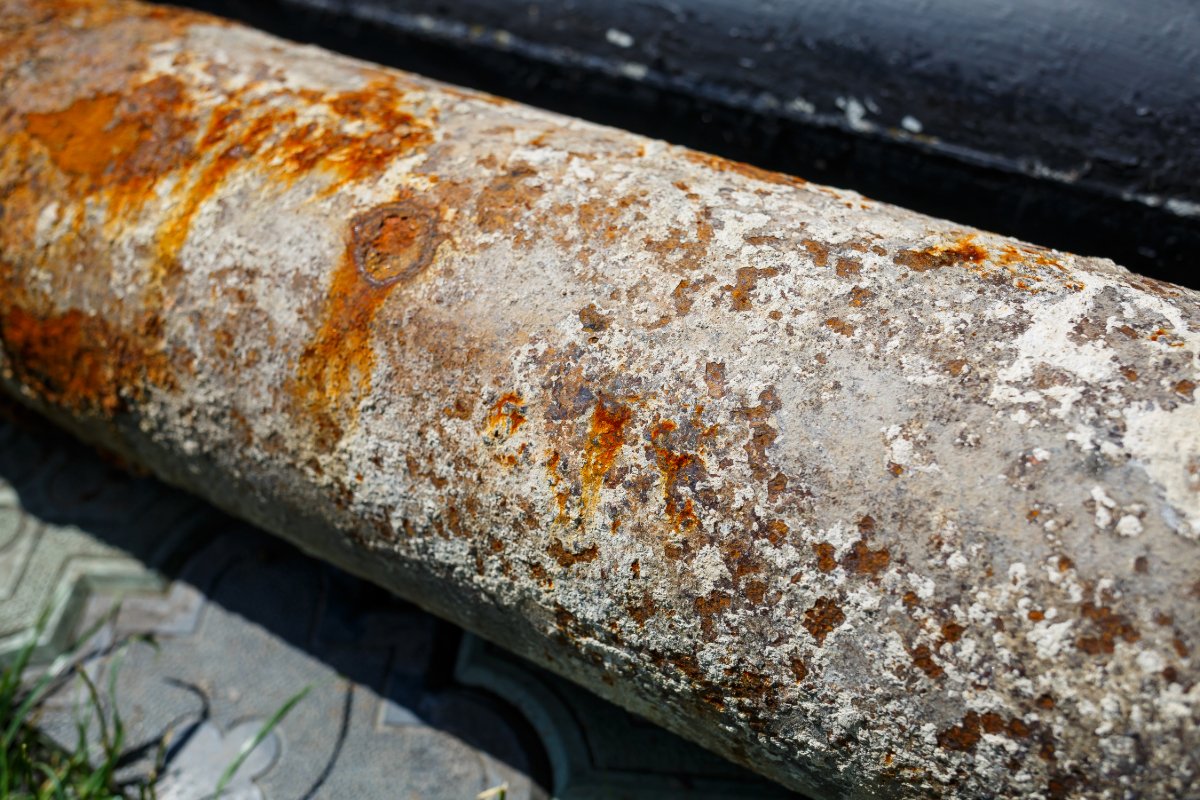
6 Ways to Reduce Your Repiping Costs
What are ways to reduce my repiping cost?
- Keep an eye out for additional signs of damage
- Replace exposed piping
- Change pipes when renovating
- Update old pipes
- Look for the best material and sizing for your needs
- Find a reliable pipe supplier and technician
Nothing lasts forever — not even the metal pipes inside your homes and buildings. Over the decades, these pipes gradually wear down. This process can be sped up due to corrosion, rust, leaks, and misuse. Eventually, every property has to update its pipes to maintain its systems and avoid damage potentially causing thousands in repairs.
But replacing your pipes is no joke. It costs a lot of time and money, especially for large or old properties. So what is one to do? If you’re contemplating such a project, here are six ways to reduce your piping costs.
Keep an Eye Out for Additional Signs of Damage
If you’re already planning on repiping a section of your property, it would be prudent to schedule a full inspection of your whole pipe system. If one part is showing signs of damage, then it is likely that others are experiencing the same problems — they might be harder to spot due to their location.
While you’re waiting for your inspection, make sure to keep an eye out for other signs of pipe problems, such as foul-smelling and cloudy water, limescale build-up, damp spots on your interior walls, floors, and more.
If your property is fairly old, then it should be a regular ritual to inspect your pipes. It is likely that most of your pipes are just as old as the property, and therefore more susceptible to damage. Other signs are common for older homes, so keep a close eye on their condition.
If you have any exposed pipes, check them for discoloration, stains, dimpling, pimples, or flaking, which are all indications of corrosion. If you find irregularities, it is time to call for a professional inspection and look for replacement pipes.
Replace Exposed Piping

For properties in the Philippines, it may be difficult to access in-wall pipes without breaking through concrete. If your property has pipes that aren’t buried in the walls, consider replacing those first. They’re easier to inspect for damage, plus the process of repiping them is fairly straightforward.
Furthermore, if the configuration of your pipe system is favorable, then you may be able to access and inspect the rest of your system once the exposed pipe has been removed.
Change Pipes When Renovating
If you’re planning a future renovation or remodeling of your home, then you have a golden opportunity to check on your pipes. During renovation projects, your walls and floors are pulled up, with the inner workings of your building exposed.
With walls and flooring out of the way, you have easy access to the plumbing and sewage systems on your property. Make sure to have the right people come over to inspect — and if need be, repipe — any section of concern.
Update Old Pipes

The type of pipes in your property will give you an idea of how long they can last, and when they should be replaced. So review the plans of your property and see what kind of pipes you’re dealing with. If your pipes are nearing the end of their lifespan, it doesn’t always mean that they should be replaced immediately. As long as they were well-maintained by you or the previous owner, then they could last a few more years.
However, two types of pipes should be removed and repiped as soon as possible regardless of their condition or age. The first are lead pipes, which can leach hazardous lead content into drinking and plumbing water. The second is polybutylene pipes which are extremely prone to breakage. Waiting for these to cause problems can make your repiping more costly than it needs to be.
Look for the Best Material and Size for Your Needs
The pipes you choose to use for your new system are just as important as the timing and extent of your repiping project. If you’re replacing your water supply lines, then choose ones that can withstand high pressure, varying temperatures, and moisture. If you’re replacing your sewer lines, make sure to get pipes that can withstand corrosion and rust. Choosing materials with the right resistances will ensure that your repiping investment is worth it.
Aside from the material, picking the right pipe gauge is also important. Large diameters can be a bit more expensive to purchase but may be needed for commercial buildings and the like. Choosing a too-small pipe can lead to leaks and bursts, which in turn increase your repiping costs.
Find a Reliable Pipe Supplier and Technician

The longer repiping it takes, the more labor costs you’ll pay, and the more days without water you’ll have. Each day that passes increases your repiping costs. To make this process as quick as humanly possible, then you need to employ a reliable pipe supplier and technician to do the job. Depending on the scope and expertise of your partners, you can repipe your property within a day.
You’ll want a pipe manufacturer who has tested products and certification to back them up — like Supreme Pipe. We offer a wide selection of steel pipes, both light, and heavy gauge. Our products are versatile and can be used for various applications.
For technicians, you’ll want to base it on their specialty, offered warranties, and referrals. These are factors that you should keep in mind before hiring contractors for your repiping.
Key Takeaway
The final bill of replacing your pipes doesn’t have to be sky-high. Use these six proven ways to reduce your repiping costs to effectively manage your water and sewage systems and choose the right pipe partners. Ultimately, using these tips will help you cut back on costs and make a quality investment in your repiping project.


